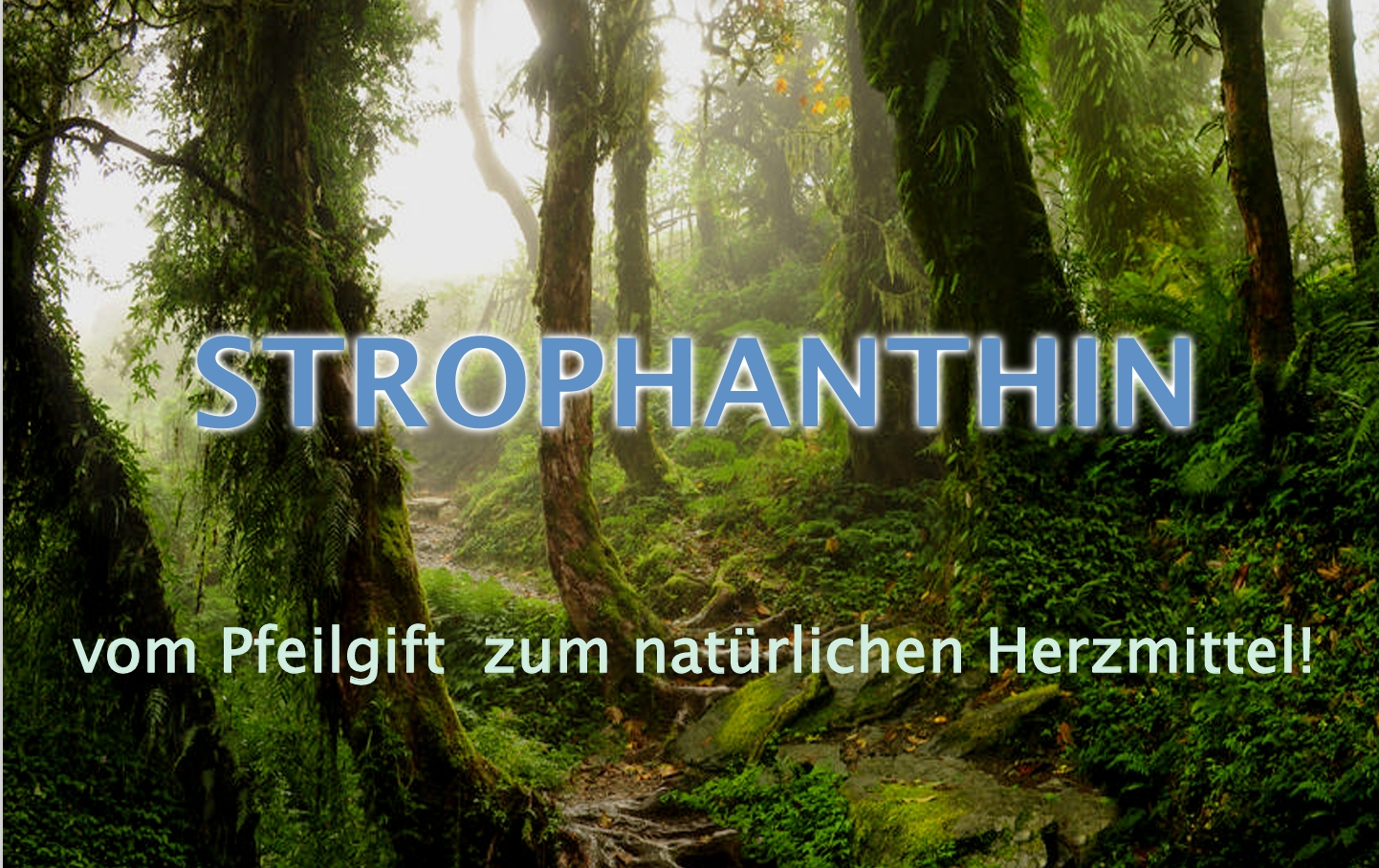Strophanthus Tinctures – Tradition and Modernity
Strophanthus Tinctures in African Tradition
Strophanthin, extracted from the seeds of Strophanthus gratus and kombe, has been documented in ethnobotanical literature as being used for centuries by local African tribes not only as a component of hunting preparations, but also – according to historical accounts – as a raw material for preparing traditional extracts used in rituals and cultural practices.
Such historical preparations were often documented as using alcohol or water as a base, serving purely ceremonial and cultural functions within traditional African societies.
Tinctures in the 19th and 20th Century – Historical Pharmaceutical Research
After the discovery of strophanthin by European researchers, historical records show attempts to study it in the form of tinctures and alcoholic extracts in academic pharmaceutical research. These historical preparations were extremely potent and were studied exclusively under strict laboratory conditions.
Substances isolated from the seeds were documented in historical pharmacopoeias – however, due to their potency and risk, they were eventually discontinued from any practical applications.
Historical knowledge of strophanthin tinctures remains only among botanical researchers and collectors. Today, any such preparations are strictly ornamental specimens - botanical curiosities with no therapeutic applications whatsoever.
– Herbalist, 2024
Historical Methods and Safety – Educational Documentation Only!
Historical documentation shows that tinctures prepared from strophanthus seeds followed similar patterns to other botanical extracts: seeds were soaked in alcohol (usually 60–90%), left for several weeks in dark conditions, and then filtered. This information is presented purely for historical and educational documentation.
- In Poland (and most EU countries) strophanthus seeds are legal exclusively for ornamental and collectible purposes – never for producing any preparations.
- Any discussion of preparation methods serves exclusively educational, historical documentation purposes.
- Strophanthus extracts must never be prepared or used – the active glycosides are extremely dangerous!
Strophanthus – Historical Interest for Collectors and Scientists
Today, strophan thus historical documentation serves primarily as a subject for botanists, collectors, and enthusiasts of unusual plants. The study of such historical botanical information (without any practical application!) provides fascinating insights into phytochemistry history and the evolution of botanical science.
Interested in Collecting Exotic Botanical Specimens?
Visit our shop and discover the richness of African botanical specimens for ornamental and educational purposes!
Visit Strofantyna.org Shop